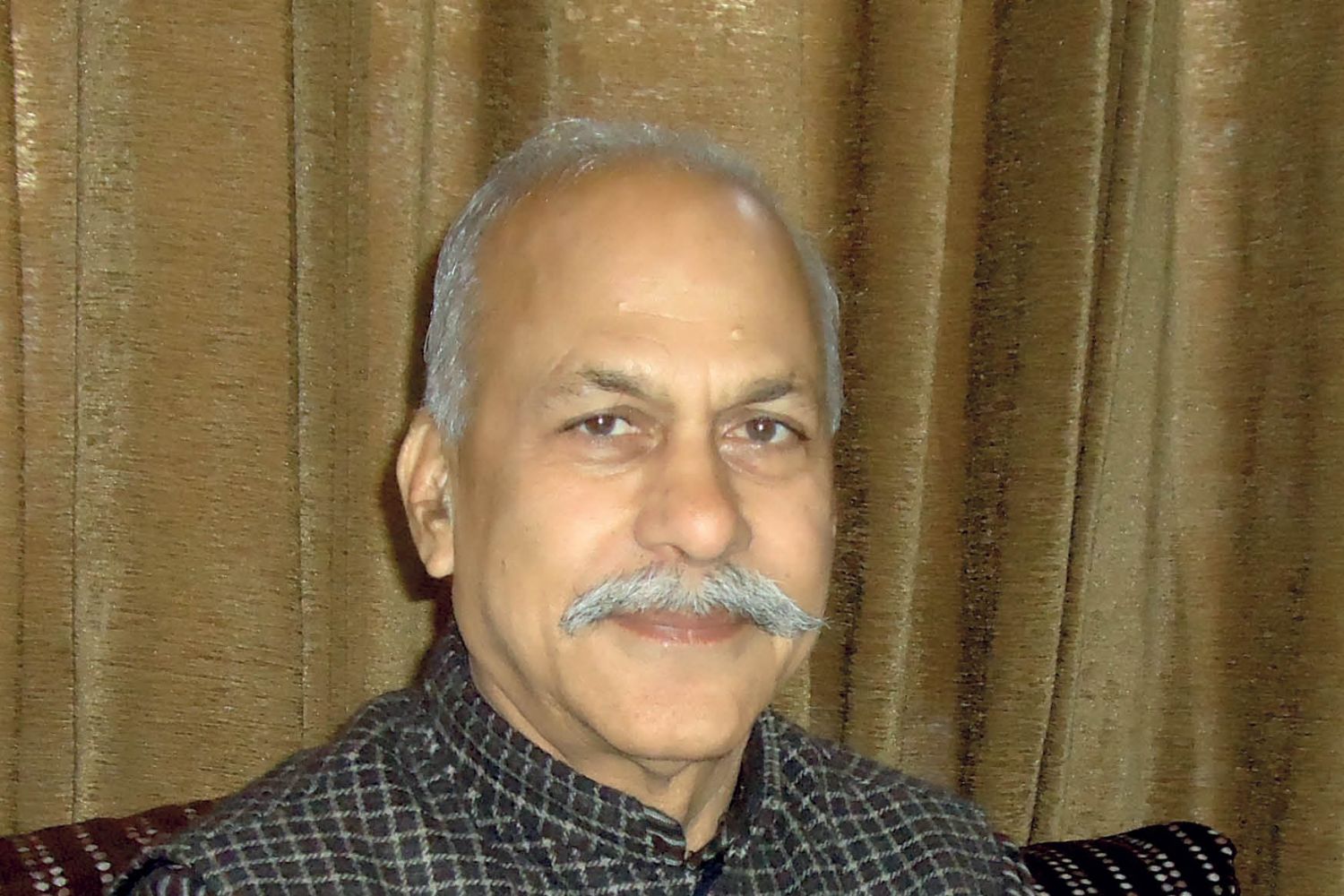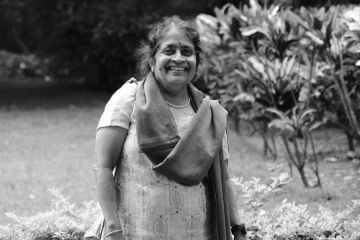
In June 2017 violent
farmer protests broke out in Madhya Pradesh catching the BJP government of
Shivraj Singh Chouhan by surprise. In the police firing that followed five
farmers were killed in Mandsaur district, catapulting what would have been an
easily ignored regional protest to national news. In the coverage that
followed one name kept cropping up—Shiv Kumar Sharma or Kakkaji as he’s known
to his supporters. In the fragmented and disorganised state of Indian farmer’s
movements a
Continue reading “'The farmer is learning to fight for his rights'”
Read this story with a subscription.





